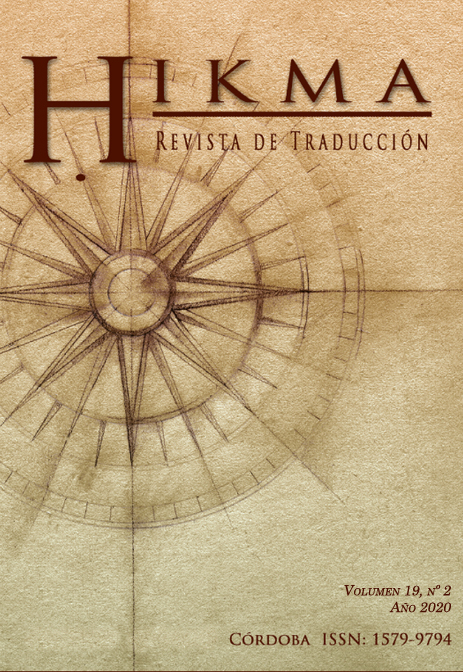Types of Syntactic Equivalence in the Qurʼānic Translations
Contenido principal del artículo
Resumen
Abstract
The fundamental premise here is that linguistic equivalence at the microstructural level is not usually expected because languages are linguistically and semantically incongruous. Though this premise is basically correct the starting point of this article is that syntactic equivalence is possible and the translation process can involve a matching at the syntactic level even when some components or structures seems untranslatable. However, certain additional factors might affect the translator's choice. This article shows that the choices made by the Qurʼān's translators can usually be justified. On the other hand some inaccuracies arise from insufficient syntactic knowledge or sometimes the translator retains minimal similarity to the SL for no apparent reason. This may lead to misinterpretation of the intended meaning of the SL.
Descargas
Detalles del artículo
Los autores que publican en esta revista aceptan las siguientes condiciones:
- Los autores conservan los derechos de autor y conceden a la revista el derecho de primera publicación con el trabajo simultáneamente bajo una Licencia de Atribución Creative Commons que permite a otros compartir el trabajo con un reconocimiento de la autoría del trabajo y la publicación inicial en esta revista.
- Los autores pueden llegar a acuerdos contractuales adicionales por separado para la distribución no exclusiva de la versión publicada del trabajo en la revista (por ejemplo, enviarlo a un repositorio institucional o publicarlo en un libro), con un reconocimiento de su publicación inicial en esta revista.
- Se permite y anima a los autores a publicar sus trabajos en línea (por ejemplo, en repositorios institucionales o en su sitio web) antes y durante el proceso de presentación, ya que puede dar lugar a intercambios productivos, así como a una citación más temprana y mayor del trabajo publicado (Véase El efecto del acceso abierto).

